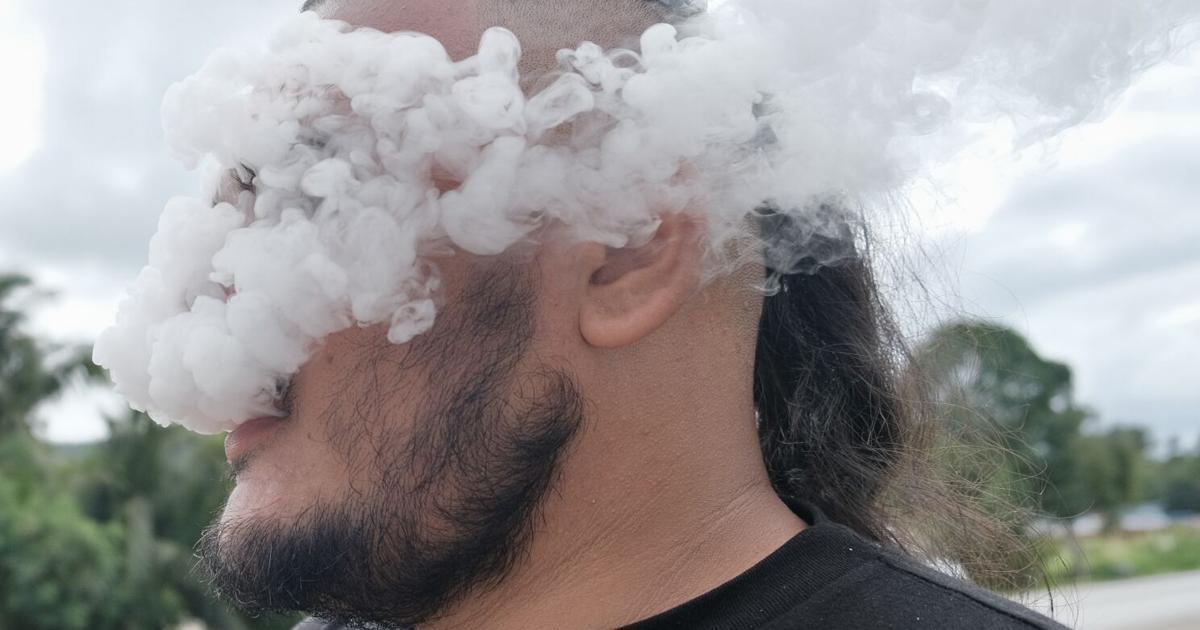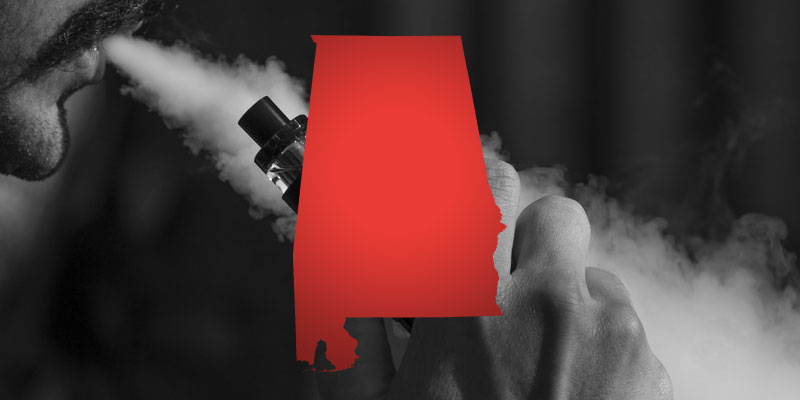In recent discussions, Guam lawmakers have proposed a ban on flavored tobacco products, citing concerns about their appeal to youth and potential health risks associated with their consumption. This proposed legislation has sparked debate among policymakers, public health advocates, and members of the community. Let’s delve into the details of this proposed ban and its potential impact on Guam’s tobacco landscape.
The Rationale Behind the Ban
Protecting Youth from Tobacco Initiation
One of the primary motivations behind the proposed ban is to curb tobacco initiation among youth. Flavored tobacco products, including menthol cigarettes and flavored e-cigarettes, are often marketed in enticing flavors such as fruit, candy, and dessert, which may appeal to younger demographics. Lawmakers argue that banning these flavors can help deter youth from experimenting with tobacco products and prevent the development of nicotine addiction at a young age.
Addressing Public Health Concerns
Another driving force behind the proposed ban is to address public health concerns associated with flavored tobacco products. Research has shown that flavored tobacco products can mask the harshness of tobacco smoke, making it more palatable and potentially increasing the likelihood of addiction. Additionally, certain flavoring agents used in tobacco products may pose health risks when inhaled, further underscoring the need for regulatory action.
Potential Implications of the Ban
Impact on Adult Smokers
While the proposed ban aims to protect youth and promote public health, it also raises concerns about its potential impact on adult smokers. Many adult smokers rely on flavored tobacco products as an alternative to traditional cigarettes or as a tool for smoking cessation. Banning flavored products could limit access to these harm reduction tools, potentially driving some smokers back to combustible tobacco or unregulated alternatives.
Economic Ramifications
The proposed ban could also have economic ramifications for retailers and businesses involved in the sale of flavored tobacco products. Small businesses that rely on the sale of these products may experience a decline in revenue, leading to job losses and financial strain. Additionally, the underground market for flavored tobacco products may thrive in the absence of legal options, exacerbating enforcement challenges and undermining public health objectives.
Advocating for Balanced Regulation
While the proposed ban on flavored tobacco products in Guam reflects a to public health and youth prevention efforts, it is essential to consider alternative approaches that strike a balance between regulation and harm reduction. Implementing measures such as age restrictions, flavor restrictions, and robust enforcement of existing tobacco control laws may offer a more nuanced approach to addressing the concerns raised by flavored tobacco products.
Conclusion
In conclusion, the proposed ban on flavored tobacco products in Guam underscores the complexities of tobacco regulation and the need for comprehensive, evidence-based approaches to address the multifaceted challenges posed by tobacco use.


